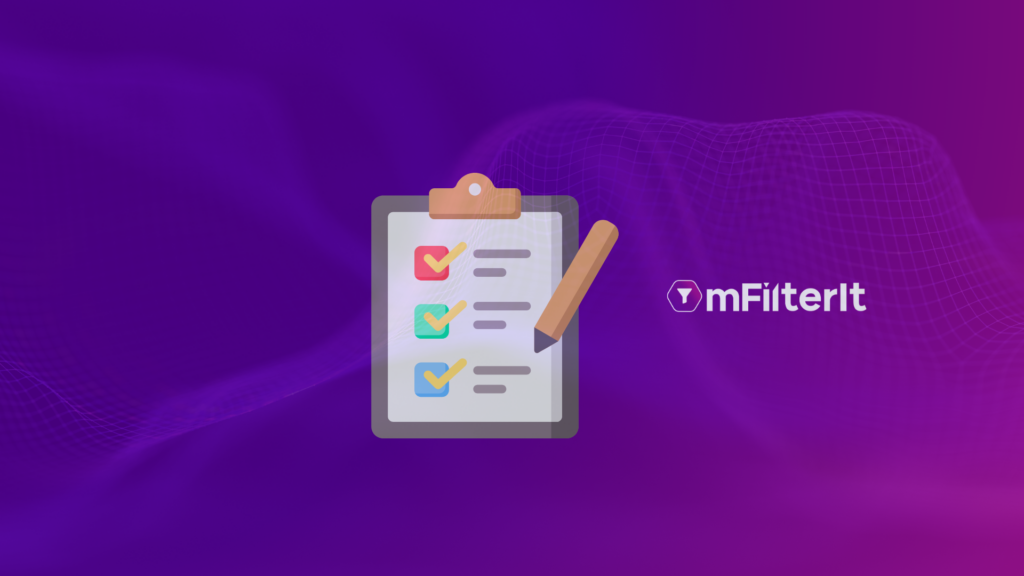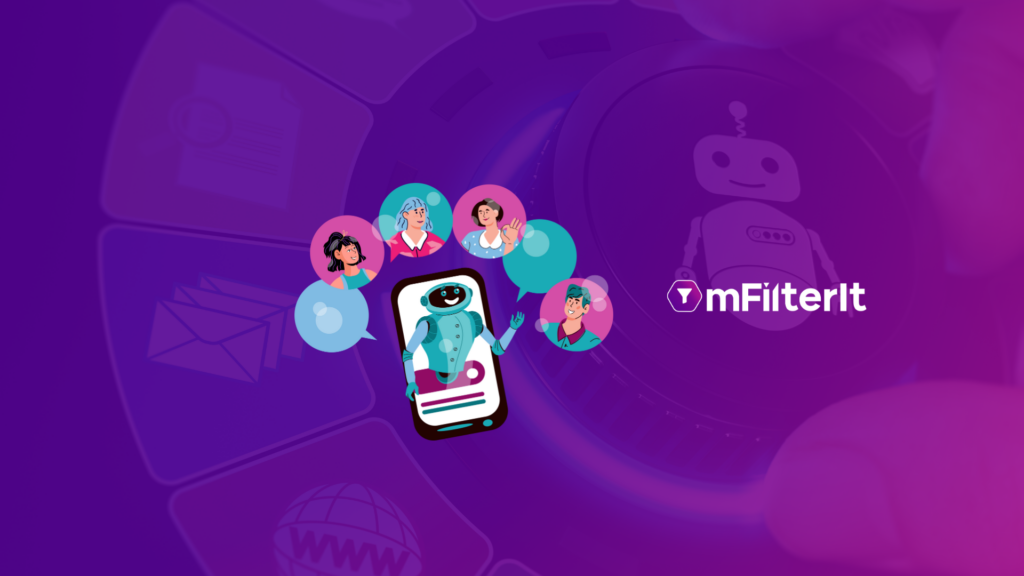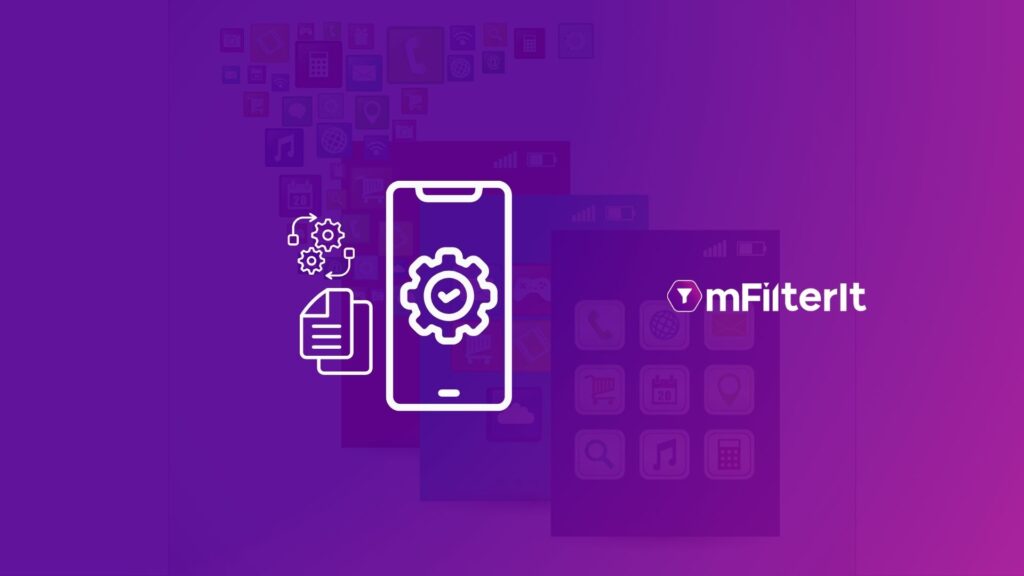Data Clean Rooms: The Key to Ethical and Efficient Advertising
Third-party cookies have been the key for marketers to track individuals online and understand their preferences. This enabled the advertisers to run personalized ads and do accurate targeting. However, things are going to drastically change in the digital ecosystem by the end of 2023. Apple’s browser Safari and Mozilla’s Firefox have already done away with third-party cookies. Google has now announced its final decision to shut the doors for third-party cookies. Marketers are looking at alternatives to overcome this problem, and one of the prominent solutions that have emerged happens to be data clean rooms. What are Data Clean Rooms? Data clean rooms are software pieces that facilitate brands to run targeted digital advertising campaigns, cap the frequencies, measure campaign performances, and generate reports in a secure and user-friendly manner. This is done by uploading the brand’s first-party data and comparing it to the aggregated data in the data clean room. This includes data added by other companies. Users can access data in a data clean room, but none of the first-party or user-level information is shared with anyone outside the data clean room. Data clean rooms provide various services such as audience segmentation and overlap analysis, and they can facilitate measurement and attribution research of the campaigns without sharing any individually identifiable data. With data clean rooms, brands can access data for a wide range of tasks wherein the privacy rules are defined and implemented by the clean room provider. The data uploaded to a clean room is fully encrypted and anonymized throughout onboarding and audience building. With cookies going out, we are witnessing the rise of various data clean room providers. However, just like any other emerging technology, data clean rooms also have certain pros, cons, and risks associated with them. Let’s take a look: Pros of using data clean rooms Data clean rooms are privacy-friendly, and companies can use them to analyze their target audiences, ad targeting, and evaluation of campaign performance. Despite the user-level data being added to the data clean room, it is protected from exposure to other companies. Companies can get complete visibility of the campaign performance across different channels on some clean data rooms. The data that collaborating businesses add to a data clean room remains completely under their control, and not shared with any other users. Cons of using data clean rooms The data is not ID-based but aggregated. Hence it affects the precision of ad targeting. Before uploading the data to any data clean room, users need to standardize it in a single format to get visibility of the same. First-party and transactional data is gold for businesses and many enterprises might be reluctant to share it. Thus, it would adversely affect the outcomes and the functions that companies seek from a data clean room. There are data clean rooms specific to large platforms such as Google and Facebook. This would make advertisers manually compile and collate data from the different data clean rooms to get the complete picture. The data clean rooms don’t yet have any global standards or operational uniformity as they are only an evolving technology. Risks of using data clean rooms The first-party data is uploaded to the data clean rooms, and in the eventuality of a data breach, companies can face fines, loss of reputation, and clients. Manual management of data clean rooms can make them prone to errors, and accidentally granting access to people who are not authorized can’t be ruled out. There can also be incorrect queries and the exchange of data in an unsecured environment. There can be variations in the type and quality of data uploaded to a data clean room. For instance, one company might not share all of its customer data, and the other might share all of it. This would lead to unfair and inaccurate data exchange and analysis. Having looked at the pros, cons, and risks, we can still say that data clean rooms are one of the most promising solutions to the challenges faced by digital advertisers especially in a programmatic ad scenario in the absence of cookies. However, there are other safer and more convenient options as well. Alternatives to Conventional Data Clean rooms Contextual advertising is one of the most prominent alternatives to data clean rooms. Conventionally, cookies have been used to track and analyze user behavior and target advertising accordingly. However, with the GDPR and other privacy laws and concerns leading to a cookie-free digital world, contextual advertising can help marketers by working as a privacy-friendly source of data collection that is accurate, but non-invasive. It allows targeting of the audience through the context of a web page. For instance, a user visiting a fashion and lifestyle website would be shown products in those categories, and another browsing book will get ads related to books. This contextual approach to advertising ensures that the ad budget is spent more accurately as only the relevant people will be targeted. Unlike cookie-based behavioral targeting, businesses require fewer data and tools or technology for execution. AI systems can make trend and insights-based predictions that help in choosing the right channels and web platforms to advertise on. Contextual advertising also leads to greater personalization as consumers are likely to see ads relevant only to what they are currently looking for. 64% of the customers value the relevance of advertising, and it can lead to greater customer engagement and loyalty. Moreover, contextual advertising is more real-time as it is based on the current actions of a user, and not on the documented habits. For instance, someone might have been buying a lot of books and playing games during remote working or lockdowns, but with offices reopening the current preferences might be more about eating out or shopping from physical stores instead of online stores. Contextual advertising can help out with such information. Towards Transparency & Data Sanity Whether the advertisers go ahead with data clean room or contextual advertising, the key to digital growth in 2023 will be gaining efficiency with data
Data Clean Rooms: The Key to Ethical and Efficient Advertising Read More »






